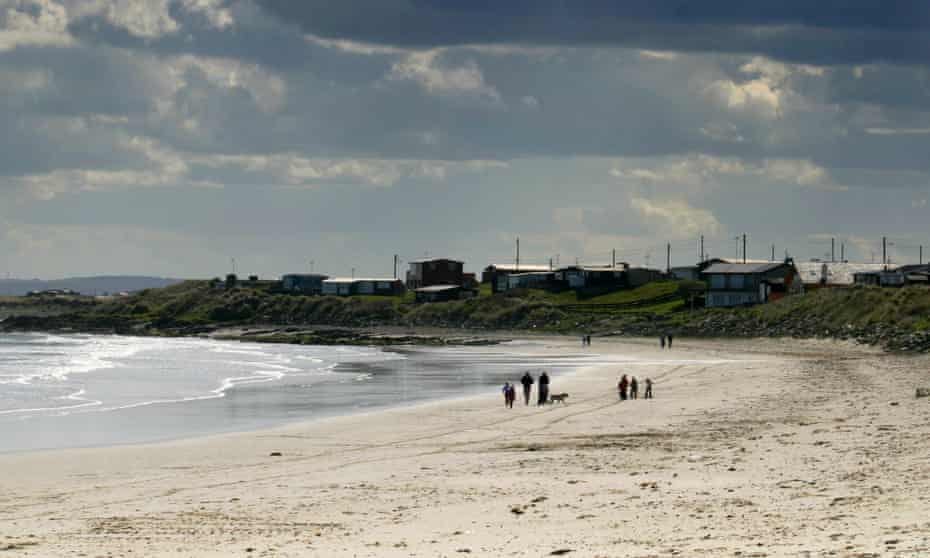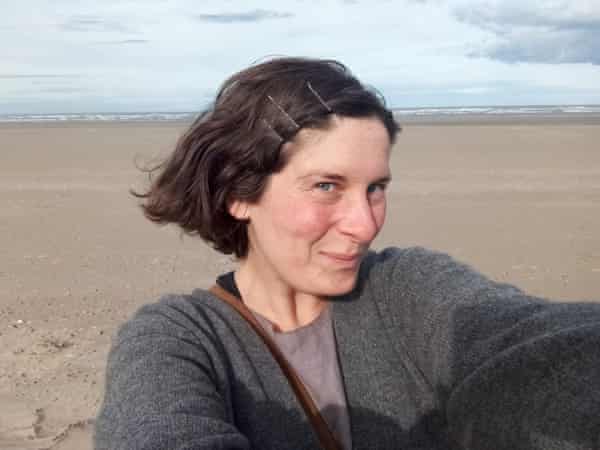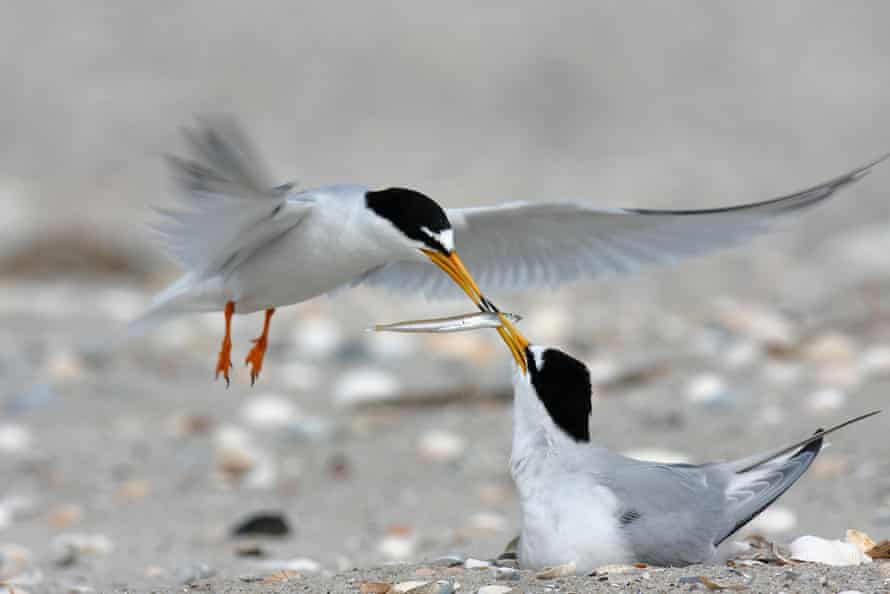At the very beginning of our first lockdown, I copied a line from US poet Maggie Nelson’s book Bluets and stuck it to my wall. The words are about aiming to be “a student not of longing but of light” . In these oddly boned days, that quote guides me onwards. Now that travel of any form has shape-shifted so vastly – as we’re held so firmly in one place – how might we navigate those delicate paths between longing and reality? Travel, for many of us, has long been a way to keep our creative flames lit. Seeing new places, experiencing unfamiliar things, meeting people different from ourselves: these are the kindling for our fire. Here in Ireland we are once more locked down to within 5km of our homes. Rather than giving in to the ache for all the places I cannot go, I’ve been gazing back at when I discovered the east coast of this island for the first time.
In summer, as soon as we could leave our county, my partner and I decided to visit the smallest Irish county of all – Louth, north of Dublin on the Northern Ireland border. We packed the dog, swimming gear, books and a picnic and headed off: in search of light. There is something quite ancient in feeling about setting off from the exact centre of a piece of land in search of one of its edges. I wonder if our views on pilgrimage might now shift a little, as we become more measured and mindful in the places we seek out, and the ways we interact with them.

Louth may be Ireland’s smallest county but it has a coastline to rival any other, protected and important: it hosts an abundance of wildlife, geological features and impressive landscapes – stretching 56 miles from Carlingford Lough to the Boyne Estuary at Mornington. Vast stretches of sand beneath grassy dunes, muddy bays and estuaries define the “wee” county’s coast. We approached the coast via Drogheda, passing the docks – tall towers beside an industrial estate – as herons flew above and little egrets waded almost prehistorically in the silt below. We drove with no map – deciding to follow the meandering Shore Road until we felt called upon to stop. We found ourselves at Baile Trá (Baltray) in the soft glow of perhaps one of the brightest, calmest days of summer. At the car park there was only one other vehicle. “Thanks for putting your lovely dog on the lead.” A softly spoken man with kind eyes and boots as muddy as ours introduced himself as one of the volunteers at the Louth Nature Trust, a voluntary, nonprofit conservation group. He explained that one of their main undertakings was the Little Tern Conservation Project.

Little terns are one of Ireland’s rarest breeding seabirds, nesting at only a few sites on the island. They need protection in Baltray, he said, as they nest on the beach, leaving their chicks and eggs vulnerable to walkers, dogs off leads, natural predators and other disturbances. We would be able to walk north along the shore towards Seapoint Beach, rather than south towards the lighthouse, to ensure the safety of the birds. And so we did – up past a golf course, hugging the mouth of the bay to our right – until we reached the zenith of a perfectly intact golden dune. Looking down at the beach and the vast steely sea I was instantly struck by how different it was from the west coast, and how the light there – so piercing as to make the scene feel cinematic – felt more similar to the south coast of England than anywhere I’d been in Ireland. It was all so wide and open, completely isolated too: we were the only people there for the entire afternoon. We counted butterflies, found the feather of a woodpecker, were deeply touched by the discovery of a gannet – only just dead – and marvelled at sea holly the exact shade of blue of the sky.

Baltray lies right in the shade of the Mourne Mountains, and as we walked towards their faraway forms, we met the remains of the Irish Trader, a vessel that ran aground there during the fierce storms of 1974. The hull is in a constant state of decay, the remaining sections torn and twisted by the finest of sculptors, chiselled away daily by the wild and hungry Irish Sea. I swam in that sea, just in front of the rusty metal, beneath a murmuration of sandpipers – silver sky dancers above the waves.
Leaving Baltray for home, we found two standing stones overlooking the Boyne Estuary and that ravenous sea. The megaliths are believed to have been placed there to align with the winter solstice sunrise. Our ancestors, too, were apprenticed to light.
The little terns will return in May, back from their wintering grounds in Africa. Again parts of the beach will be closed to ensure the chicks of the summer visitors fledge safely. If we’re allowed to set off into the exquisite, dancing light of the east coast by then, all being well, we will have a newly born family member with us. The last time we visited, it was swimming inside me, as I swam inside the sea. I wonder what changes will have been wrought on the shipwrecked vessel by then. I wonder what the sea will have spat back out on to that quiet, light-seeped stretch of land.
• Thin Places by Kerri ní Dochartaigh is published by Canongate. Buy it for £12.74 at guardianbookshop.com




